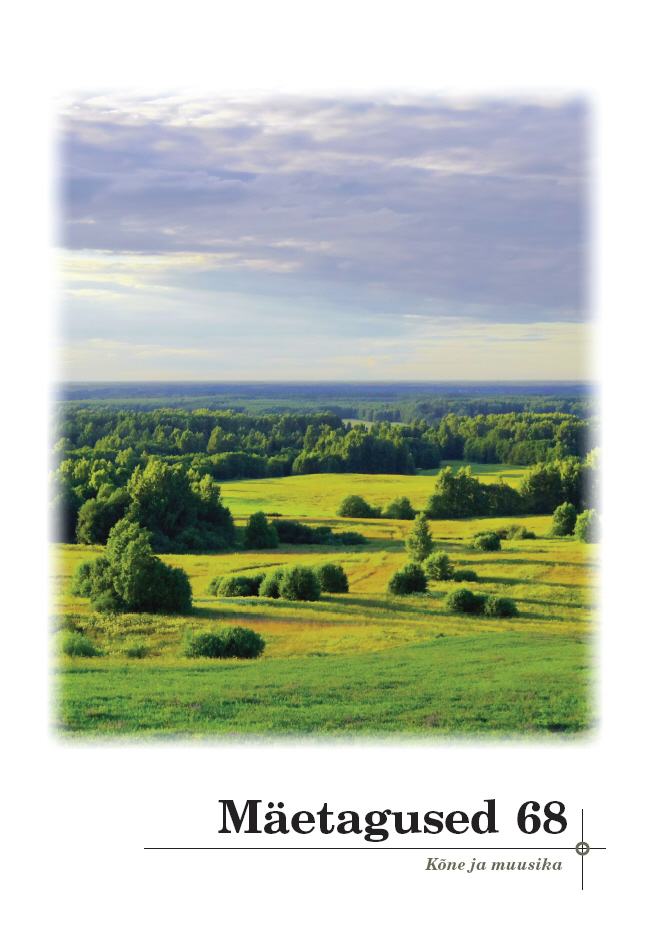Välted seto regilaulu värsimõõdus
Quantity degrees in the metre of Seto runosong
Author(s): Janika Oras, Sulev IvaSubject(s): Customs / Folklore, Music, Theoretical Linguistics, Applied Linguistics, Cultural Anthropology / Ethnology, Culture and social structure
Published by: Eesti Kirjandusmuuseum
Keywords: Baltic-Finnic runosong; South Estonian phonology; quantity degrees in Estonian and Seto languages; runosong metre; Seto runosong;
Summary/Abstract: The difference of Seto runosong from the runosong of other areas is related to specific melodies. At the same time, Seto verse is shaped by the changes in the South Estonian language. This article focuses on the songs, the melodies of which belong to an older layer of the singing tradition: these are in the one-three-semitone scale and each verse syllable corresponds to a note of the same length in the melody. As the main case, the singing performances of a melody of lyrical and epic songs, known also as the ‘feast melody’ (praasnikaviis), are analysed. The reference material is metrically more complicated refrain songs – harvest songs with lelo-lelo-lelo refrain (lelotamine), wedding songs with kaśke-kańke refrain (kaaskõlõmine), and game songs with heiko-leiko refrain (leigotamine, ‘The Horse Game’). The main question is how the performers apply metrical entities to linguistic entities – which are the principles of placement of the words of different quantity degrees into the verse positions. The Seto and neighbouring Võro songs resemble each other by the distinctive metrical quality of the syllables of overlong quantity degree (Q3): all Q3 initial syllables or monosyllabic words can be placed into two verse positions. In the 8-position verses of the analysed Seto songs, the initial syllables of Q3 trisyllabic words are regularly placed into two positions. The division of the initial Q3 syllable is used to form not only the regular trochaic lines, but also broken lines (lines with the word stress placement of broken lines). Seto songs feature quite evident metrical opposition between Q3 syllables and Q1-Q2 syllables. The latter are used similarly to each other – the first two syllables of Q1 and Q2 words can be assembled into one verse position and both can be placed into the “weak” positions of the line. Related to the increasing importance of the word stress in the language, Estonian runosong has moved from a quantitative verse system towards the syllabic-accentual system and the number of broken verses is small, especially in some areas like Võrumaa (Sarv 2015). Still, in the analysed Seto songs about 15% of the lines follow the word stress placement of the broken lines (2+3+3 structure). These lines do not correspond to the quantity principles of the runosong – rather, the broken line has remained a model for positioning lexical stresses. In addition, the refrain songs contain 7-position lines – supposedly inspired by broken line structures. In some ways the songs with a changed quantity system seem to conceal traces of the common quantity system of the Finnic runosong: in the weak positions of the main verse with 2+3+3 structure, the Q1 syllables dominate (and are accompanied by a smaller number of Q2 syllables).
Journal: Mäetagused. Hüperajakiri
- Issue Year: 2017
- Issue No: 68
- Page Range: 177-194
- Page Count: 18
- Language: Estonian

